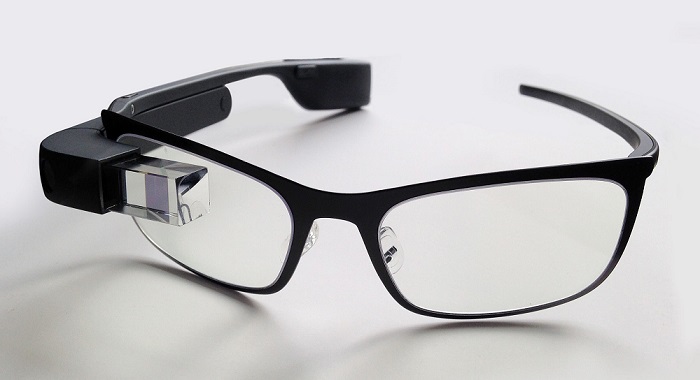
In its inaugural year, Intel’s Make it Wearable contest received numerous entries from developers of wearable technology around the world. Here’s a closer look at the winners from this year’s competition.
A New Contest in the Development of Wearable Technology
In an age that favors portability and convenience, wearable technology has become quite popular within the consumer market. From fitness tracking devices designed to monitor health to smart watches providing quick access to phone notifications, wearable products have been a concentrated area of development for many companies.

Google Glass® technology is one example of wearable technology. (“Google Glass with frame” by Mikepanhu — Own work. Licensed under Creative Commons Attribution Share-Alike 3.0, via Wikimedia Commons).
In an effort to fuel innovation in this field, Intel recently hosted its inaugural Make it Wearable challenge. The idea behind this contest was to recognize innovative wearable prototypes using Intel® Edison technology, which is designed to power various gadgets and wearables. The competition received nearly five hundred entries from technology developers, ten of which were chosen as finalists.
And the Grand Prize Goes To…
The grand prize winner of this year’s competition was Nixie — a small drone that you can wear on your wrist and use to take photos and videos. While worn like a watch, this device features four flexible bands that can be released with a sweeping movement of the arm. This gesture causes the wearable drone to launch off the wrist and into the air, take a photo, and then return to the user, much like a boomerang would. Intuitively, the creators named this particular mode boomerang.
Alternatively, the device can be set to follow me mode, which provides a longer session of shooting, following the user as they are in motion. Additional settings include the hover mode for high shots, as well as a panorama mode for 360° degree arcs.
Once the device returns back to the person’s wrist, it automatically synchronizes with the user’s mobile phone. Thus, any images or video captured by Nixie while in flight will be uploaded to their mobile device right away. With its flying capabilities, Nixie is particularly useful during activities where a user’s hands are occupied, such as biking, rock climbing, and other adventure sports.
As this year’s contest winner, the team behind the development of Nixie was awarded $500,000. This prize money is intended to help the developers bring their prototype to market. (Let’s hope that happens soon — I want one of these!)
Additional Finalists in Intel’s Make it Wearable Challenge
Open Bionics was awarded second place in this year’s contest for their development of a highly efficient, robotic prosthetic hand. The prosthetic was created using 3D printing, making it a much less costly production method in comparison to other customized robotic prosthetics — a difference of somewhere between $2,000 and $100,000.
The third place winner was ProGlove, who was recognized for creating a production tool that combined work gloves with sensor wrist bands. This device was designed for use in the manufacturing setting, helping to lower production costs and optimize levels of productivity among factory workers.
Other entries that were selected as finalists included a wearable for personal climate control (Wristify), a device designed to monitor fitness and provide coaching to skiers (Snowcookie), and a belly band (BabyGuard) allowing expectant mothers to monitor the activity of their baby.
Further Reading
Google Glass is a registered trademarks of Google Inc.
Intel is a trademark of Intel Corporation in the U.S. and/or other countries.



Comments (0)